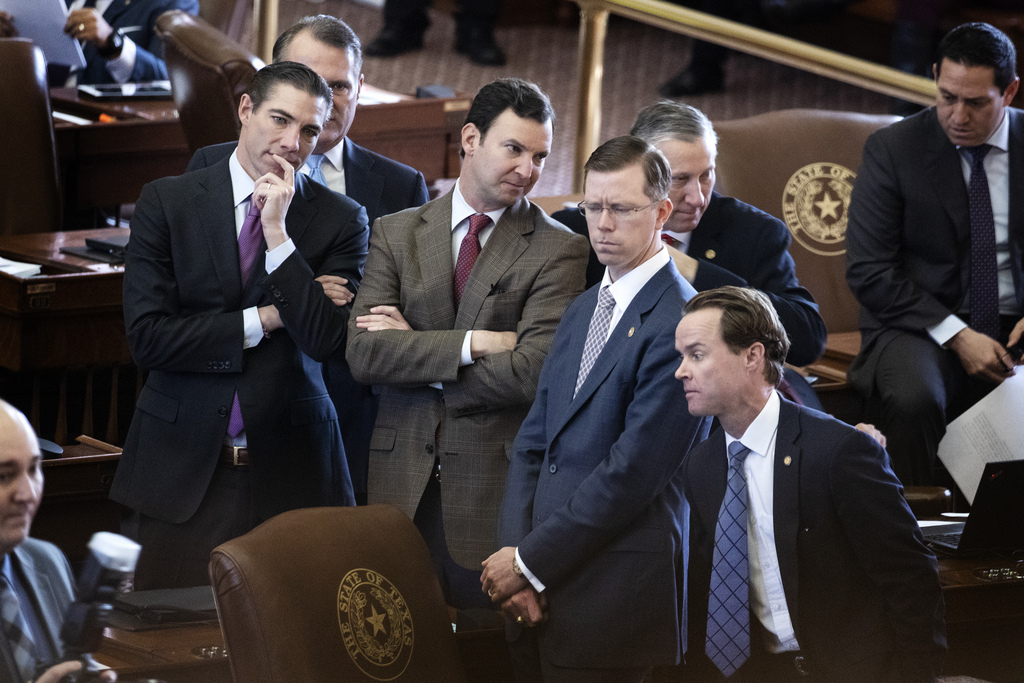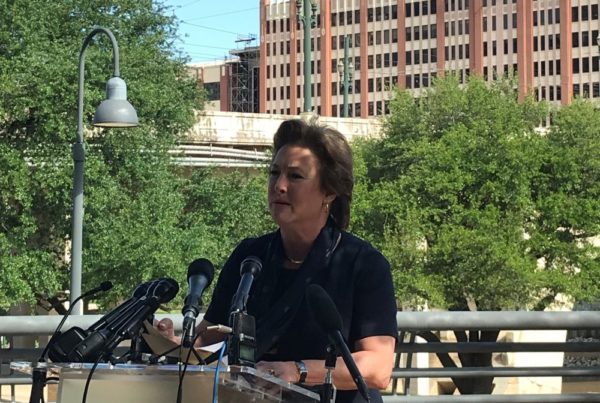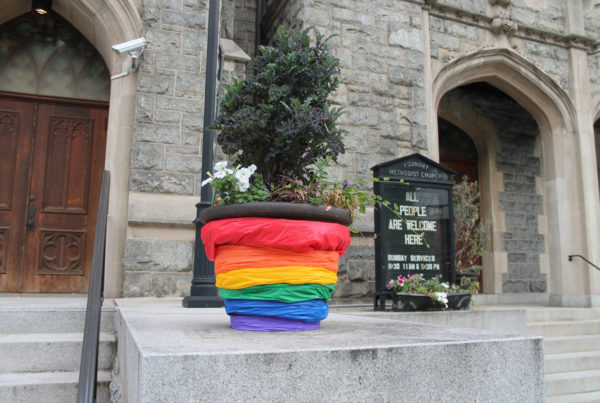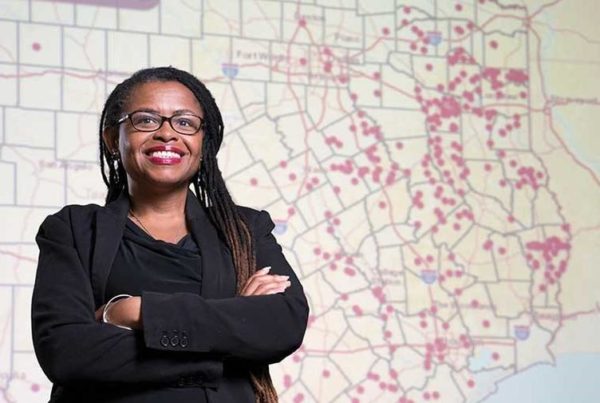Texas’ Economic Stabilization Fund, commonly referred to as the rainy day fund, is approaching record levels. It reached $11 billion in 2018, and Texas’ comptroller estimates it will reach $15 billion by the end of 2021. During the current legislative session, some lawmakers are trying to decide if and how to use some of that money.
Ben Philpott, senior editor at KUT News, has been following the various proposals. He says lawmakers over the years have aimed to hold onto a “safe amount” in the rainy day fund in order to maintain the state’s AAA – or exceptional – bond rating. A high rating matters because it signals to investors that Texas is a safe place to put their money. During the last couple sessions, though, Philpott says the legislature decided that $7 billion or $8 billion in reserves is enough to maintain the state’s bond rating.
“They’ve set on about $7.5 billion to leave in there, as a minimum,” Philpott says.
Philpott says Texas’ Comptroller Glenn Hegar says Texas is being too conservative with the money, and as a result, it’s not being invested in a way that generates enough return to keep up with inflation.
“He wants to take about $4.5 billion of it and put that into a new fund that would hopefully bring in a higher rate of return,” Philpott says. “And then he wants to take some of that return, the interest income, and put it towards the state pension programs.”
Texas House Republicans are looking to spend $633 million from the rainy day fund. $230 million of that would go toward lowering premiums for health insurance provided by the teacher retirement system. That’s because several thousand retired teachers dropped their plans a couple years ago, Philpott says, because they couldn’t afford them.
“They’re hoping to pay that down a little bit this time,” Philpott says.
Republicans also want to spend $164 million for the Cancer Prevention and Research Institute of Texas, and $43 million to “harden” public schools by increasing security measures.
Senate Republicans have proposed spending $2.5 billion total from the rainy day fund, $2 billion of which would go to Hurricane Harvey rebuilding.
“[That includes] several hundred million dollars for schools in the Houston area to get them up to snuff after that horrible storm,” Philpott says.
Also, they’re proposing $300 million to put into the state and teacher retirement systems, and $100 million for public school safety.
House Democrats are focusing primarily on school finance, and have proposed $1.75 billion be spent on the teacher retirement system. They also propose giving $500 checks to each public school teacher so they can purchase school supplies, at a total cost of $180 million.
Written by Caroline Covington.
















